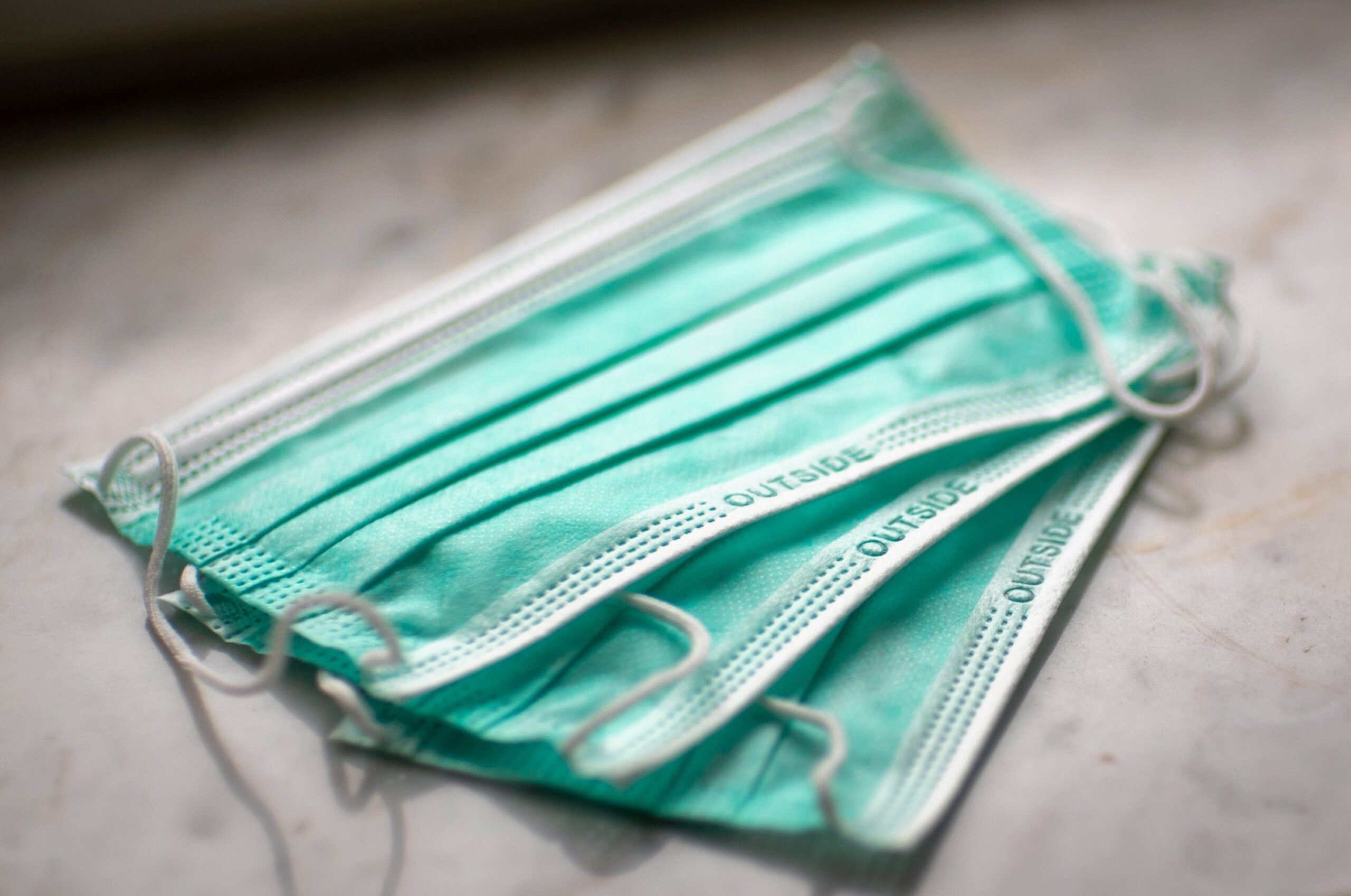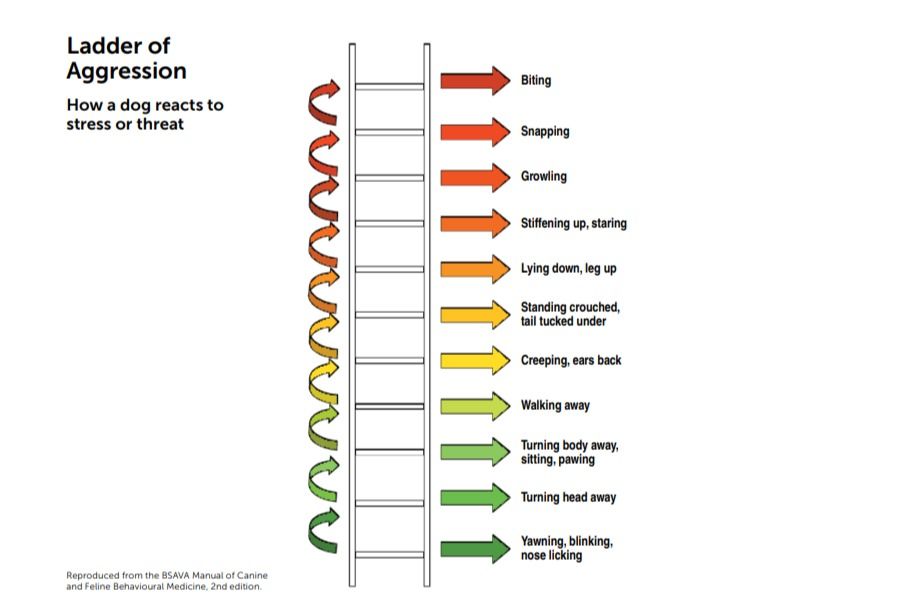Post Lockdown Advice
Your dog post lockdown
Lockdown was a very strange time for everyone, and this includes our pets. Unfortunately, during the pandemic lots of people decided it was a good time to obtain a new addition to the family. This didn’t necessarily involve a great deal of thought as to how the new puppy would adapt to life once lockdown started to ease. As a result, in a lot of cases we are left with an unsocialised, unvaccinated pup who are past the peak of ideal learning (approx. 10-12 weeks), now lacking in the ability to learn appropriate skills when greeting others. They may now find the world a very scary place.
It is not just puppies though – adult dogs, who have spent years in a routine of seeing their families get up and go out to work or school, had to suddenly adapt to having their owners around all the time. For some, this has been great, but there is a concern for development of separation anxiety now that things are returning to normal. However, for others, who enjoy their alone time to catch up on rest, it was too much having people around all the time – in some cases, this leads to aggression and changes in habits like taking themselves off to strange places to try to get some peace. Animals can suffer with frustration, just like us.
Another factor to consider is the way walks altered – the reduction for some to a single walk per day, will have led to increased frustration and potentially development of bad behaviours at home, e.g. becoming more destructive, or developing stereotypies like chewing their feet. Dogs are very intuitive. With the rise of social distancing and a change in the way people interact with each other out on walks (maintaining distance, pulling dogs away from others, likely increased worry and tension from the owner which the dog will feel through the lead), there is a significant concern that dogs will have picked up on this. This could cause them to become fearful and unpredictable when out.
Then we come to facemasks – by all means, we endorse their use – however this can also cause complications for communicating with our pets. They are more reliant on visual cues from our eyes, rather than being able to judge our entire facial expression. But for an already anxious dog, eye contact can be extremely threatening and actually exacerbate the situation.
So, that’s the bad stuff. How can we improve the situation and make life a little easier to adjust back to the new normal for our little friends? It is dependent on the situation underlying.
Preventing separation anxiety related issues when you return to work
It is crucial to try to make your pet feel safe and secure when alone. One option is to provide a safe space, such as a comfortable bed area in a corner of a room, or a crate/den-like area. The safe space must be somewhere with a positive association, so providing high value treats or favourite toys in this area can be helpful to encourage their use. They should ideally be warm, comfortable areas, and NEVER used for punishment – e.g. never shut in a crate if they have been misbehaving.
If alone time for your pet has been completely impossible to create during lockdown, it is best to start the process as early as possible once you know you are going back to work, and best done in a gradual manner. Other alternatives, such as barrier or baby gates can be useful to initiate distance between you – ensure the dog can still see you, but cannot come over to you. Ensure interactions are kept positive.
Signs of separation anxiety are highly variable, but can include:
– Sitting still/frozen while owner is out
– Not eating food or treats that have been left out
– Pacing/panting/whimpering
– Destructive habits
– Inappropriate toileting
– Inappropriate vocalising
If you are concerned your dog may be showing any of these signs, please contact us, and we can arrange a check up to rule out other potential causes, like pain or underlying issues. If it seems completely behavioural, then appropriate referral to a qualified behaviourist will often be the most appropriate for a smoother improvement in behaviour.
If your pet appears nervous in busy places
Try to avoid taking your pet to busy places in the first place if you know it will cause anxiety, or if you are not sure how they will react. Signs can be very subtle to show a dog is uncomfortable with a situation, but may include:
– Yawning
– Increased blinking
– Nose licking/lip licking
– Turning head/body away
These are the early stages on the ‘ladder of aggression’, which was developed as a visual guide to see how dogs progress their behaviours in response to stress. When the earlier stages don’t give the result they expect, such as the threat backing away/easing, then they will resort to higher level steps in order to cope. As you can see, they become more aggressive the higher up the ladder we go. Ideally, if we can reduce the stress in the earlier stages, and understand our pet’s body language, we can help to reduce the stress for them.



